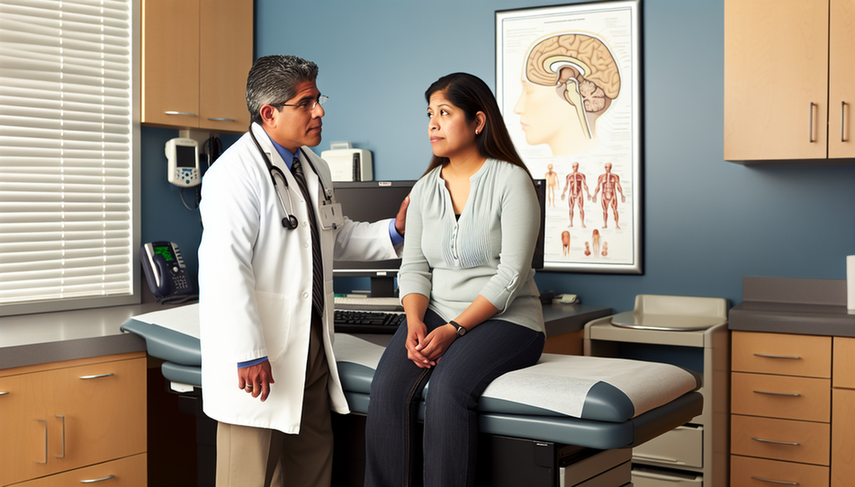Migraine vs. Tension-Type Headache: A Practical Guide for Diagnosis in Clinical Practice

Headache is one of the most common complaints in medical practice. Among the most frequent types are migraine and tension-type headache. Although both can present similar symptoms, their management and treatment differ significantly. Therefore, it is crucial to perform an accurate diagnosis to provide the most appropriate treatment for our patients.
Diving into Differential Diagnosis
Migraine is characterized by a pulsating headache, usually unilateral, that may be accompanied by photophobia, phonophobia, nausea, and, in some cases, aura. It is more prevalent in women and can be exacerbated by physical activity. Migraine is one of the leading causes of disability worldwide, significantly affecting patients' quality of life [1].
On the other hand, tension-type headache presents as a bilateral headache, with mild to moderate intensity, that does not worsen with physical activity and is not usually accompanied by nausea. Although less disabling than migraine, tension-type headache is more prevalent, affecting a larger percentage of the population [2].
The differential diagnosis between migraine and tension-type headache can be complicated due to the overlap of symptoms. The lack of specific diagnostic tests and the coexistence of both conditions in the same patient are common challenges in clinical practice [3].
Conclusions
For an accurate diagnosis, it is essential to conduct a detailed medical history that includes the description of the pain, triggering factors, and associated symptoms. Correct identification of migraine and tension-type headache allows for more effective management, improving the patient's quality of life. Additionally, it is important to consider the use of non-pharmacological treatments and the evaluation of psychological comorbidities, such as anxiety and depression, which may influence the clinical presentation of these headaches [4].
Referencias
- [1] Migraine and Tension-Type Headache: Diagnosis and Treatment
- [2] Diagnosis and Management of Headache: A Review
- [3] Debate: differences and similarities between tension-type headache and migraine
- [4] Early maladaptive schemas in female patients with migraine and tension-type headache
Created 6/1/2025
